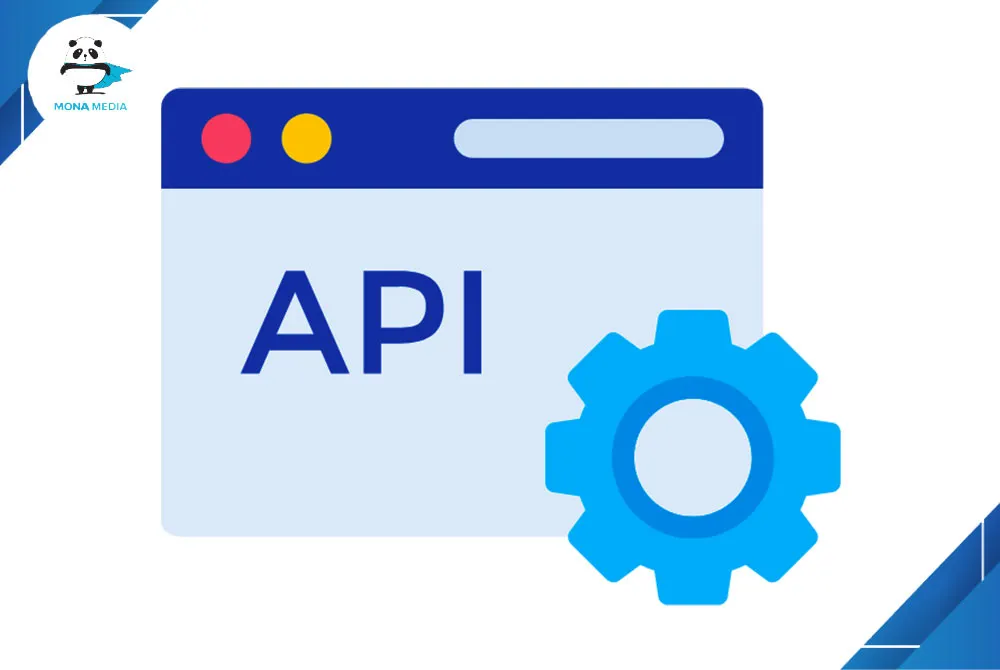When you rely on a third party API for your application’s features, it is important that you can reliably expect them work. Knowing that their uptime will be consistent, or greater than your own, and knowing that their support will be available if you identify a problem, can go a long way in making your choice of APIs easier. In this article we’ll look at the Service Level Agreement, or SLA, and how it protects both you and the provider in the event of an outage or problem. We’ll also look at how to find them, and what to do if a provider doesn’t have one publicly available.
What is an SLA
An SLA is a contract between the service provider and the customer that explicitly states terms for the service. Aside from general legal information, the area we want to focus on with an SLA is the guarantee, or assurance, that certain expectations will be met. These expectations can range from uptime and reimbursement for extended outages, to response times by the support team.

When you’re an enterprise customer, you may be presented with the SLA when agreeing to terms and signing any service contract. The SLA may be custom to your plan, or standard for all customers. If you don’t see a publicly available SLA, make sure that the sales team provides you with one.
What to look for in an API’s SLA
Some SLAs will mix elements of the customer agreement with the offerings of the company. When we’re looking at assurances, we’re primarily looking for target availability, service credits, and support response time.
Uptime (Target Availability)
Uptime, or target availability, is a common metric to see when assessing a service-level agreement. This is the expected uptime of the service provider, not including scheduled maintenance or downtimes. These numbers are normally presented anywhere between 95% and 99.9999%. The extra decimal places may just seem like a marketing tactic, but they matter.
Let’s take an example of a service that offers 99.99% target availability. Often these targets are on a monthly window, so for our calculation we’ll assume 30 days in a month. This leaves us with:
60min x 24h x 30days = 43200 minutes in a month
99.99% of 43200 minutes comes out to be 43195.68 minutes. This means that an API with this target availability assures us that, at most, we shouldn’t expect more than just over 4 minutes of unexpected downtime per month.
The extra digits in the 99.99% are important, and it isn’t uncommon to see tiers of uptime that increase the target availability. As an example, with the same numbers used above, but with only a 99% target, we could potentially see up to 7 hours and 12 minutes of downtime in a 30 day span.
#api essentials #api
